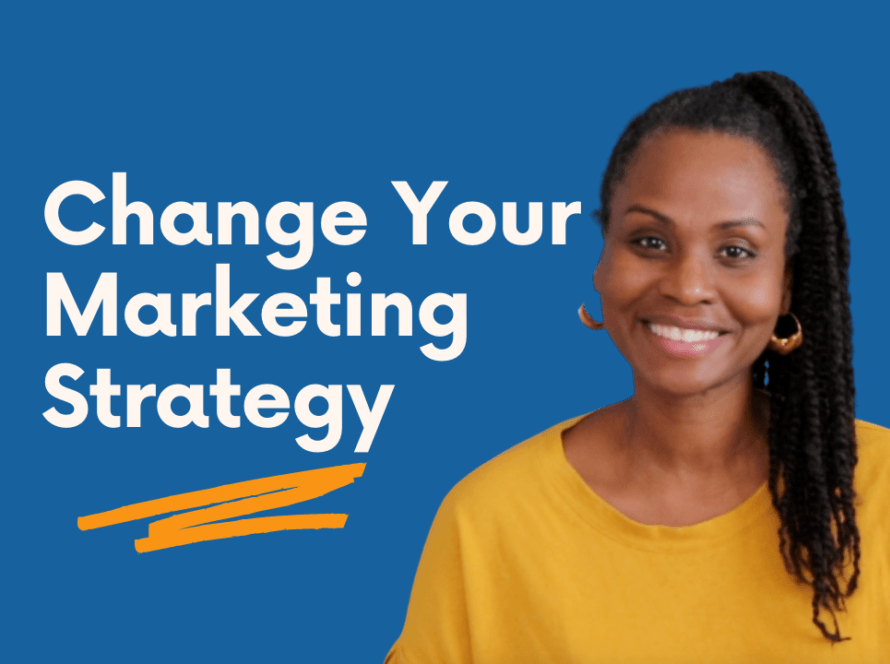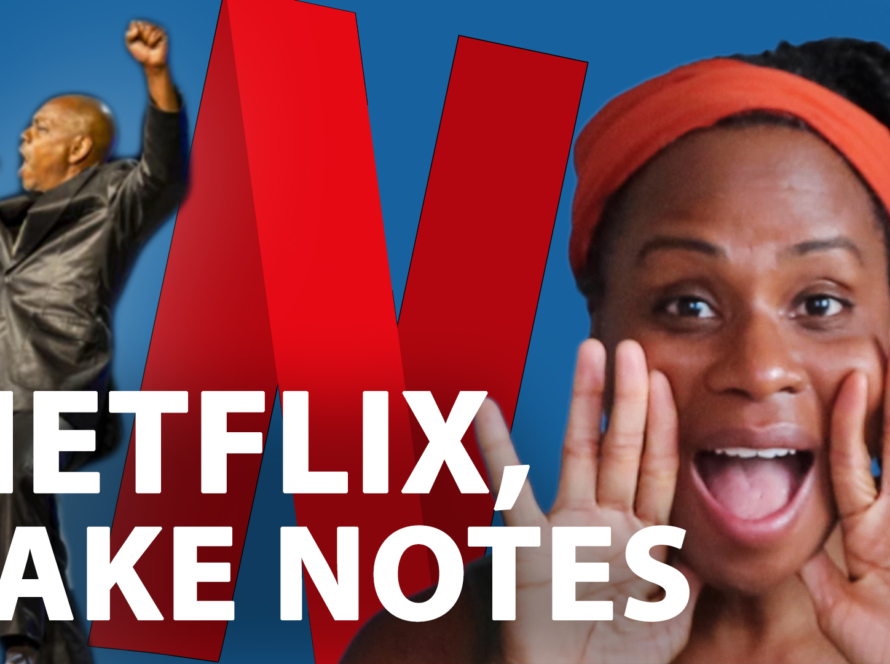Yesterday’s customers are not today’s customers. In the US in particular, there have been a number of changes in the population from a demographic standpoint, this is important to you because your customer’s demographics influence their psychographics and their behaviors. It influences how they perceive and how they view the world. And of course, it impacts how they will receive and respond to, or not, the messages that you deliver to them. So today we’re going to make sure you’re going to know about how your customers are changing. Here are some key changes in the demographics of the people you serve that you absolutely must be aware of.
Generation Z Demographic Trend
Gen Z is 25% of the population and 48% diverse. They are the most diverse generation that has ever existed in the US. And you want to know something interesting, Gen Alpha, that’s the generation that comes after Gen Z is shaping up to be even more diverse than they are. In the 2020 US census, it showed that the white population fell for the first time below 60%, they are at 57.8%. Now, as a result of all these changes from an ethnicity and race standpoint, a lot more brands have started to make shifts in the visual imagery that they put forth, and they’ve started to become much more representative. We’re going to talk a little bit more about that later.
Demographic Trend in Body Size
Another demographic change that you need to be aware of is that of body size. The average size of a woman in the US is a size 16 to 18. By the way, have you ever thought about why they’re only seem to be measuring the size of women, and they’re not measuring the size of men, food for thought. So more brands are starting to take into account that the population is growing in terms of body size.
In summer 2021, Old Navy announced that they were going to be more inclusive, not only in their sizing but in the overall experience within their retail stores and online. They decided that they were going to offer women’s sizes in particular, from size zero to 30, they were going to move beyond just one size of mannequins and offer them in a range of sizes. They also introduced price parody for clotheses at larger sizes. It used to be for a lot of brands where they charge higher prices for higher sizes, but now Old Navy will no longer do that. So a shirt that’s a size 4 and a shirt that’s a size 24 is going to be the same price.
One other change they made to make sure that they were going to be delivering an inclusive experience was they did away with distinctions between women’s and plus size sections, both in their stores and online. So now all the clothing will be merchandised together. So no one has to go to a separate size and have to deal with any of the feelings that come with having to go to a different labeled size in the store or online.
Demographic Trend In Languages Spoken
Another demographic shift is that of languages spoken. Fun fact, the US has the second largest population of Spanish speakers in the world. The US has more Spanish speakers than Spain. It is also projected that by the year 2050, one in three people in the US will speak Spanish. And also by this time, the US will have the largest amount of Spanish speakers in the world, even surpassing Mexico. Other little fun fact, 13% of the population in the US right now speak Spanish at home. And just so you know, my family is one of those families that speak Spanish at home. But just to put that in perspective to you, 13% of the population is the same percentage of the population of black people in the US. Pretty fascinating, right?
So how are some brands tackling the rise of the Spanish speaker and people who speak other languages? They are starting to offer their content and their products, and their services in other languages. Fit Men Cook is one example of that, Kevin Curry, who is the face of that brand, or who is that brand, if you were to go to his Instagram account, you will notice that all of his posts are written in both English and in Spanish. All of his videos are spoken… The audio is in English, but he writes out the recipes in Spanish as well. People who love his delicious and healthy meals, who also speak Spanish, are able to participate and enjoy them. If you were to go to his website, you’re able to get his content and his recipes on his website in English, or you can select that you want to check out his website in Spanish, and then if you press that button, it arrives in Spanish as well.
Demographic Trend In Family Makeup
Less than half the kids in the US under the age of 18 live in what has long been considered a traditional family with two heterosexual parents in the home. And because the makeup of the family is changing, the brand Potato Head recognized that. So what did they do? They rebranded from Mr. Potato Head to Potato Head, and they also introduced a new line of Potato Head Kids, where they would allow kids who are playing to design and build their own family. So they can create a family with the different figures or the different elements that mirrored what family looked or meant to them, rather than defining what that family should look like with a traditional definition of it that doesn’t apply to a lot of kids these days.
Demographic Trend In Dietary Restrictions
Six out of ten households in the US have at least one person in it that restricts a food, whether it is by choice or by necessity, restricting a food, greatly impacts the choices that people make, whether or not they’re eating at home or outside of the home. As a results of this shift, there are number of restaurants who are making sure that they’re catering to people who have dietary restrictions. Some do it better than others, but some of those standouts are restaurants that make it to where people are easily able to self-identify which foods they can eat and which foods they can’t.
How to Embrace The Demographic Changes
These demographic changes will impact many things in the country moving forward, and it’ll also surely impact the way your business operates.
So I’m going to walk you through three things that you can start doing right now to start leaning in and embracing these changes in the demographics of the people that you serve. But before I do, I want you to let me know in the comments below what of any of these demographic changes that we walk through, have you started noticing in your day-to-day as you just go about your life? So here’s how to start embracing these population changes now.
Double Down on Representation
First up, double down on representation, representation matters. Your customers need to see themselves or who they aspire to be reflected in the visual imagery your brand puts forth. And increasingly, they also want to know that your internal team is representative of the population as well. The best way to ensure you become more representative is to set goals around it. And having those goals in place will help you build action plans and metrics, and milestones around it to help guide you along the path in your quest to achieving it.
Identify the Impact
The second thing you should do is identify how these demographic changes will impact the products, services, and experiences your brand delivers. Ultimately, your customer success in whatever it is they’ve come to you before will play a major role in their decision of whether they should come back to you again and whether or not they tell people about you. And if aspects of their demographics impact their ability to achieve success with you, it’ll be much harder for them to decide to choose you again.
Make Belonging The Goal
And the third thing is, make belonging the goal. When your customers feel like they belong, they will reward you with their attention, their adoration, and their loyalty. When they don’t feel like they belong, they will go off and search of another option that does make them feel that way. That’s why creating an environment where all of your customers, despite whatever differences they have, feel seen, heard, and cared for will be essential in your ability to make them feel like they belong.
Now, that may mean that you have to create some type of equity programs to support people who have different needs so that they level the playing field, so that they have the equal opportunity to achieve success. And then other times it might mean that you have to create an environment where people forget about what makes them different, especially if they aren’t proud about it, or they don’t like those differences. The greater degree of intimacy you have with the people you serve, the easier it will be for you to identify what products, services, and experiences, and nuances are needed to give them the success that they desire and to make them feel like they belong. The makeup of your customers is changing, as such is important for your business to evolve so that you can stay relevant as those changes continue to occur.
For more resources on how to get started building inclusive brand, go ahead and grab my Inclusive Marketing Starter Kit. You can grab it at inclusivemarketing.co/starterkit. And don’t forget to drop me a line in the comments and let me know which demographic changes you’re noticing the most as you go about your day-to-day life. Remember, everyone deserves to have a place where they belong. Let’s use our individual and our collective power to ensure more people feel like they do.




